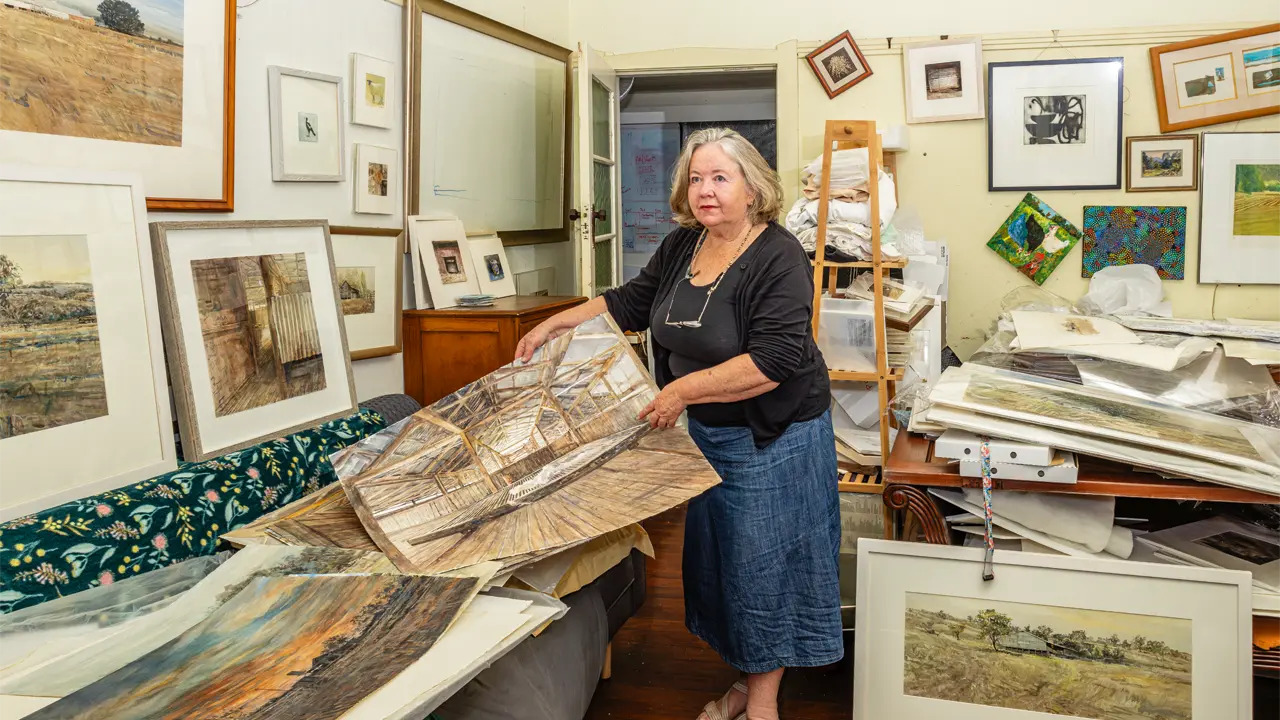The West Australian honey industry is experiencing a boon after research on local product shows better qualities than the much-vaunted manuka variety.
Story + Photos Jill Griffiths
Ken Dods, research and development food scientist at ChemCentre (Western Australia’s Chemistry Centre), leads a team that has been investigating the beneficial properties of honey for the past seven years and is enthusiastic about what the science is saying. ChemCentre’s work, which now receives funding via the recently created Cooperative Research Centre for Honey Bee Products, focuses on monofloral honeys; that is honey from a single plant variety.
“There was a significant moment in honey research about five years ago when a consortium of honey producers came together,” Ken says. “They recognised that something needed to happen to boost the honey industry. At the time, beekeepers were getting about $4 per kilogram for blended honey by selling it to the big processors. There was no distinction for monofloral honey. It was an easy market for the beekeepers but it was putting them into a box that was slowly but surely killing the industry.”
The consortium that came together involved 17 beekeepers, which represented about 90 percent of the state’s commercial honey producers. “They looked at the phenomenon of manuka honey and thought we can do that and probably a lot better,” Ken says.
Turns out, they were right. But that wasn’t proved overnight. The first step involved authentication.
“Honey is one of the most adulterated food products in the international markets,” Ken says. “Authenticity is a real problem. Our job is to make sure people who buy jarrah and marri honey are getting what they pay for.”
Ken says there are international standards for the purity of monofloral honeys and that each distinct honey is unique in its own way. “Research works better on a consistent product,” he says. “When you look at attributes of a product, it is much more complicated if you use blends.”
The ChemCentre team analysed the chemical make-up of honeys, enabling them to be certified as being jarrah (Eucalyptus marginata) or marri (Corymbia calophylla or redgum). The aim is to help protect against product substitution and dilution with other lower-grade honeys and to give consumers confidence in the integrity, traceability and quality of Western Australia’s monofloral honeys from hive to market.
This story excerpt is from Issue #124
Outback Magazine: April/May 2019










